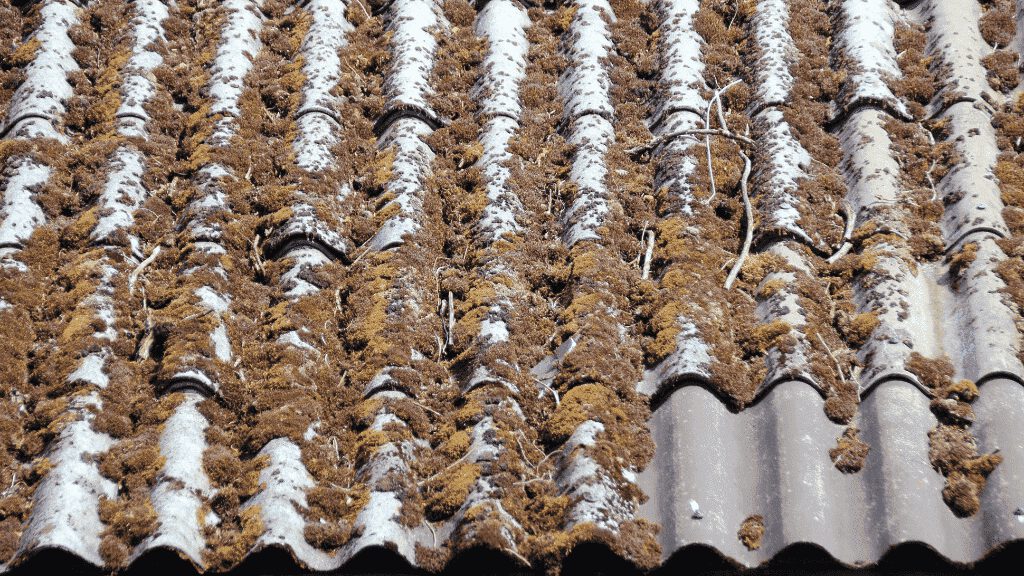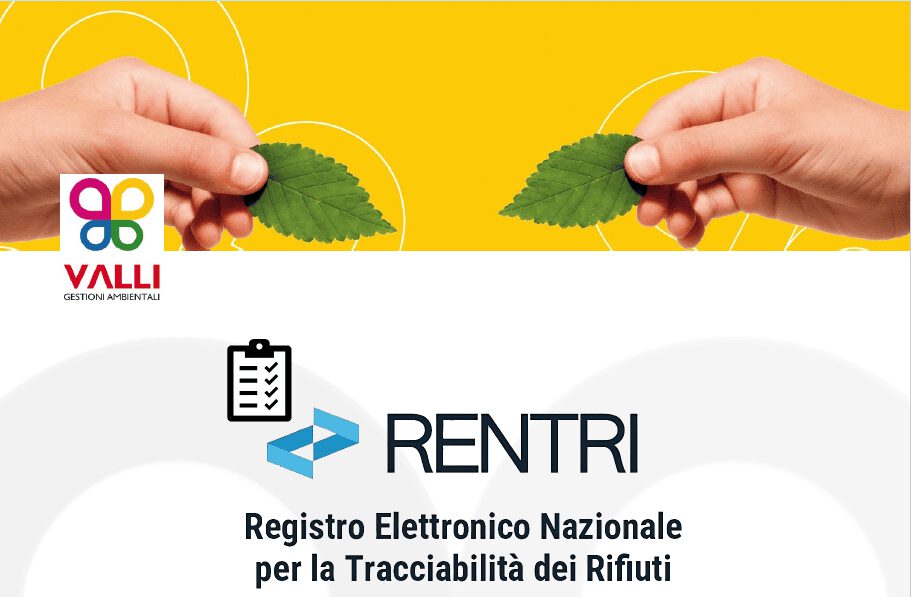In the current landscape, the issue of Eternit disposal continues to be crucial to ensure public safety and health. With a focus on the costs associated with this operation, it is crucial to understand the dynamics and options available for efficient and environmentally friendly disposal. The current regulations regarding the disposal of Eternit can be consulted on the official website of the Ministry of the Environment and Energy Security.
Eternit disposal: regulations, risks and necessary skills
The disposal of Eternit is a notoriously harmful material containing asbestos, which is why it requires a specialized approach that complies with current regulations. Eternit poses a serious health risk due to the harmful fibers released during its handling or deterioration.
These fibers, microscopic in size and similar to needles, can easily penetrate the lungs and cause serious diseases such as tumors and asbestosis. It is therefore essential to remove asbestos from the roofs of private homes, apartment buildings or industrial roofs before its degradation causes the release of fibers.
For this reason, the asbestos disposal activity is reserved for companies registered inthe National Register of Environmental Managers in category 10
The authorisation is divided into two subcategories:
- 10-A for the remediation of compact asbestos (such as roofing sheets)
- 10-B for friable asbestos (e.g. in plaster).
Regulations and Safety in the Disposal of Eternit: Role of Authorized Companies for the Disposal of Eternit
The disposal of eternit requires a series of disposal procedures and methodologies to ensure the safety and health of workers and the environment.
It is critical to follow regulations and use licensed professional services to properly handle this hazardous material.
This is a summary of the main information regarding the methodology of disposal of eternit:
- Legislation and Obligations: Italy has banned eternit with Law 257/92, establishing the obligation of disposal for structures containing asbestos. This disposal is necessary to prevent the spread of asbestos fibers, which can cause asbestos-related diseases and mesotheliomas.
- Authorized Companies: For remediation operations, it is necessary to contact authorized eternit disposal companies, which must be regularly registered in the Register of Environmental Managers in Category 10A or 10B. These companies must prepare a Work Plan that guarantees the safety and health of workers and the protection of the environment
- Remediation Methods: The Ministerial Decree 06/06/1994 defined three methods of remediation of sites containing asbestos: removal, encapsulation, and confinement. The choice of method depends on the risk assessment and the characteristics of the site
- Assessment of the State of Risk: The assessment of the state of artifacts containing asbestos must be carried out through analysis and sampling, also considering the surrounding environmental conditions. Based on the assessment, the types of intervention required are defined
- Employer’s Responsibility: The employer is responsible for ascertaining the presence of asbestos and assessing the asbestos risk. He must also issue the Risk Assessment Document (DVR) and communicate the presence of the product containing asbestos to the Health Authorities 1.
- Regulatory Updates: The legislation has been updated over time, withMinisterial Decree 20/08/1999which expands the regulations and technical methodologies for remediation interventions. TheLegislative Decree no. 81 of 9 April 2008organically regulates all the legislation on asbestos removal. In addition, theDirective 2009/148/ECestablished new threshold limits for the protection of workers
- For small quantities of non-friable and easily manageable asbestos, it is possible to proceed with a self-removal, purchasing a specific kit for civil users. It is essential to follow the legal procedures regarding transport and disposal
Cost Analysis in Asbestos Remediation: Factors to Consider
Determining the cost of this process without a prior assessment can be challenging. It is precisely for this reason that, in this article, we will explore the various factors that influence the cost of asbestos remediation.
It is important to note that any cost estimates provided without considering the size of the spaces and the type of coverage are unsubstantiated and potentially misleading. To give you a clearer and more transparent overview of the costs associated with asbestos removal and disposal, we will take a closer look at the different factors that go into determining the final cost of the remediation process:
- Size of area: The cost of asbestos disposal depends on the amount of material to be removed and taken to landfill. The square meters of the surface to be treated directly influence the overall cost of the operation.
- Labor: The cost of labor for workers is a variable factor that depends on the type of work required, the duration of the intervention and the number of workers needed to complete the disposal.
- Asbestos encapsulation: The encapsulant, used to prevent the dispersion of asbestos fibers during handling, is an essential element of the process. The cost of the encapsulant depends on the amount needed to treat the asbestos sheets and can vary accordingly.
- Transportation: Transportation costs include not only the actual transportation of the material to the landfill, but also the cost of the waste form required for the legal transportation of the contaminated materials.
- Safety measures: The safety measures required by law during asbestos disposal represent an additional cost. These costs vary according to the complexity and type of structure on which the disposal is carried out.
In addition, collaboration with specialized and authorized companies can guarantee not only professional and compliant management, but also a minimization of risks and costs associated with the disposal process.
In this context, collaborating with specialized and authorized companies becomes essential not only to ensure professional and compliant management, but also to minimize the risks and costs associated with the disposal process.
Valli Gestioni Ambientali, in full compliance with the procedures defined by the regulations in force on the subject and guaranteeing the extreme safety of each operation, proposes itself as a reliable partner to manage the transport, storage and transfer of asbestos to authorized landfills, ensuring a complete and safe solution for the remediation of this hazardous waste.
Equipped with the necessary certifications and authorizations, our company guarantees operations that comply with the highest standards, ensuring maximum safety and effectiveness of every phase of the intervention.
Contact us to request a quote.




